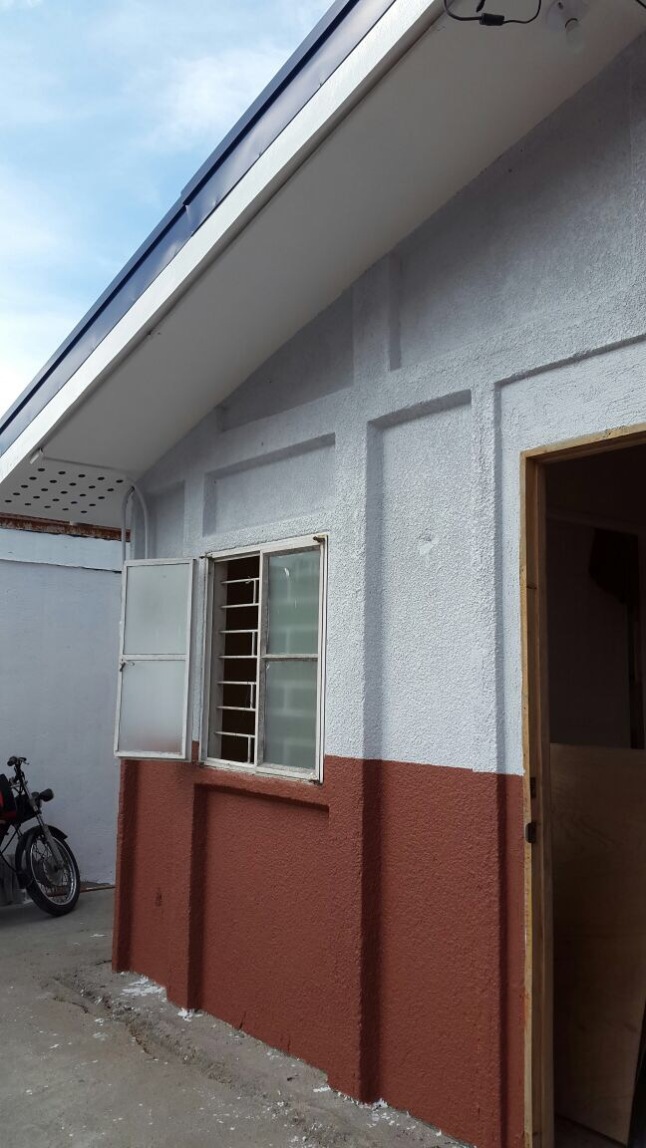Good day everyone! We can’t thank you enough for reading our blog and for liking and sharing our Facebook page! A hundred views and a bunch of likes may be little for some but to us, each person who reads our posts means one more individual informed and empowered. It is our hope that you stay with us as we build, as we’ve mentioned in previous posts, something great. Speaking of building great things, a little update on the renovation of our clinic… 
We realize this is the first time that we are mentioning the therapy center we are putting up and that the only thing you know about us is that we are a speech pathologist and an occupational therapist, so along with a couple of pictures of the construction site that is our clinic currently, please allow us to shed just a little more light on our professional background. We are graduates of BS Occupational Therapy and BS Speech Pathology of the University of the Philippines College of Allied Medical Professions (UP-CAMP). We passed the Professional Regulation Commission (PRC) licensure exam and received the Philippine Association of Speech Pathologists (PASP) certification the same year we graduated, in 2010. We practiced in the Philippines (in Cavite, Laguna, Bicol, and in different parts of Metro Manila to be more precise) for 2-3 years until we decided to improve our practice by working abroad for another 2-3 years. Now that one of us is back and the other one on the way, we are working on putting up this therapy center in Imus, Cavite.  We haven’t started handling clients yet, but right now, it feels good to be back in our own country, in our home. Ignite Therapy Center, with its ongoing renovation, already feels like home to us. And here’s hoping the children and families with whom we will work will also find our the place as such.
We haven’t started handling clients yet, but right now, it feels good to be back in our own country, in our home. Ignite Therapy Center, with its ongoing renovation, already feels like home to us. And here’s hoping the children and families with whom we will work will also find our the place as such.
– D&I